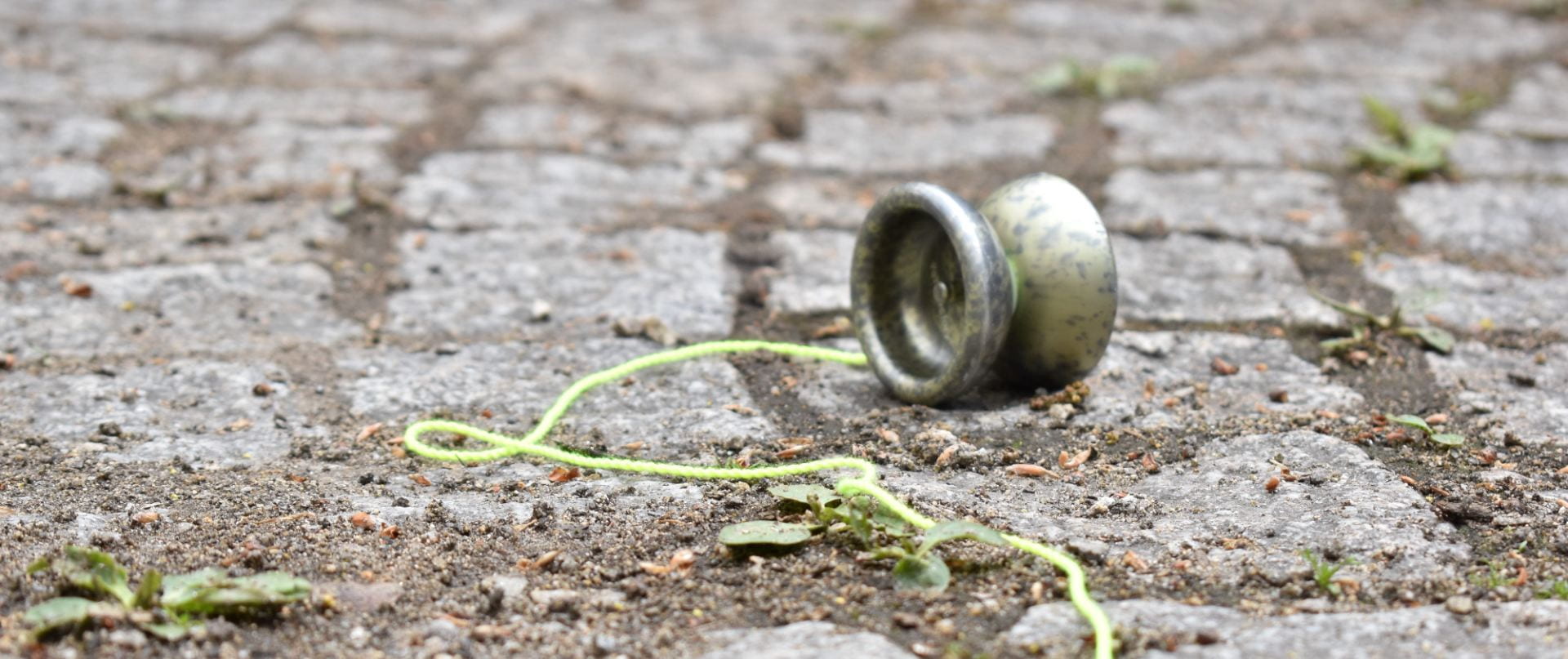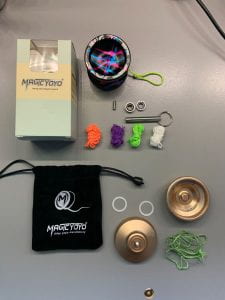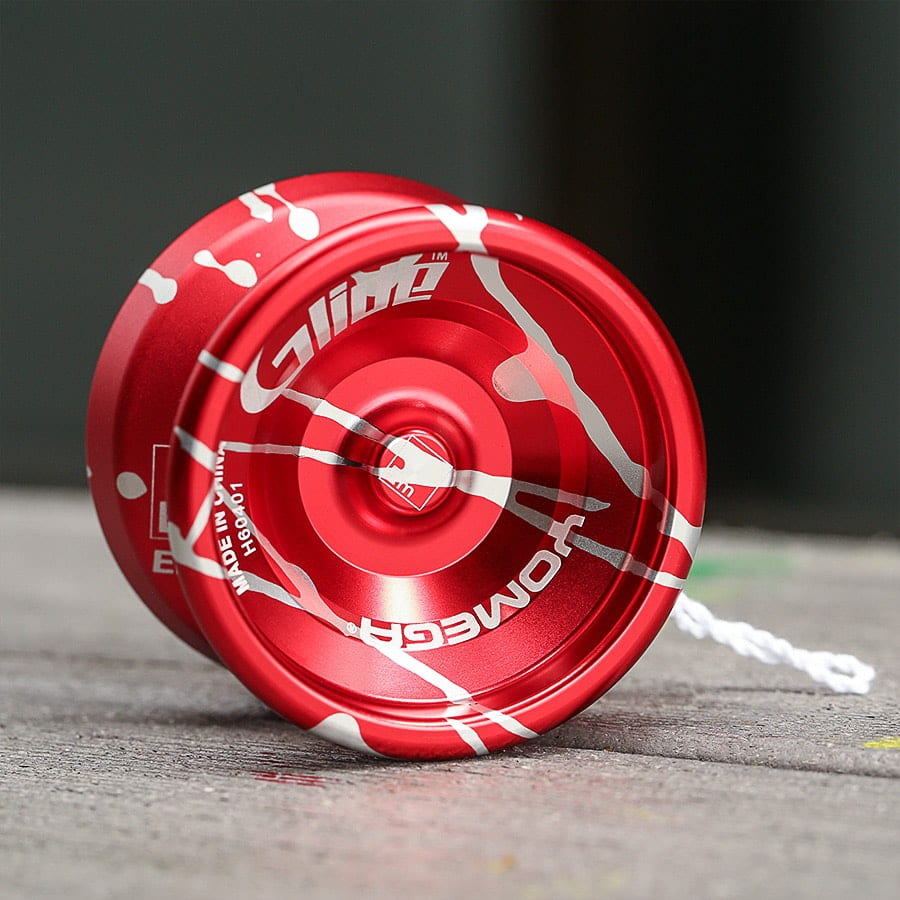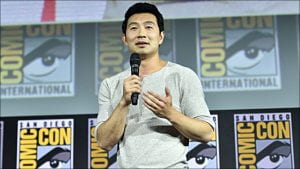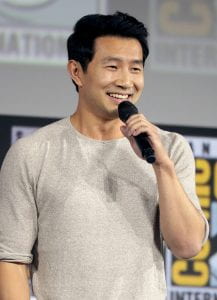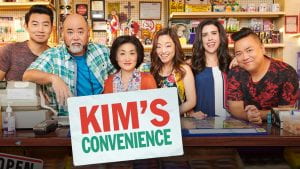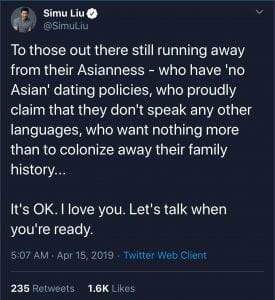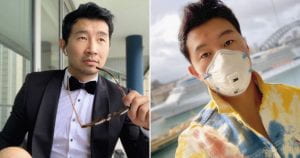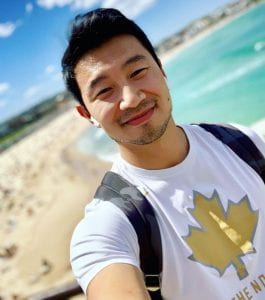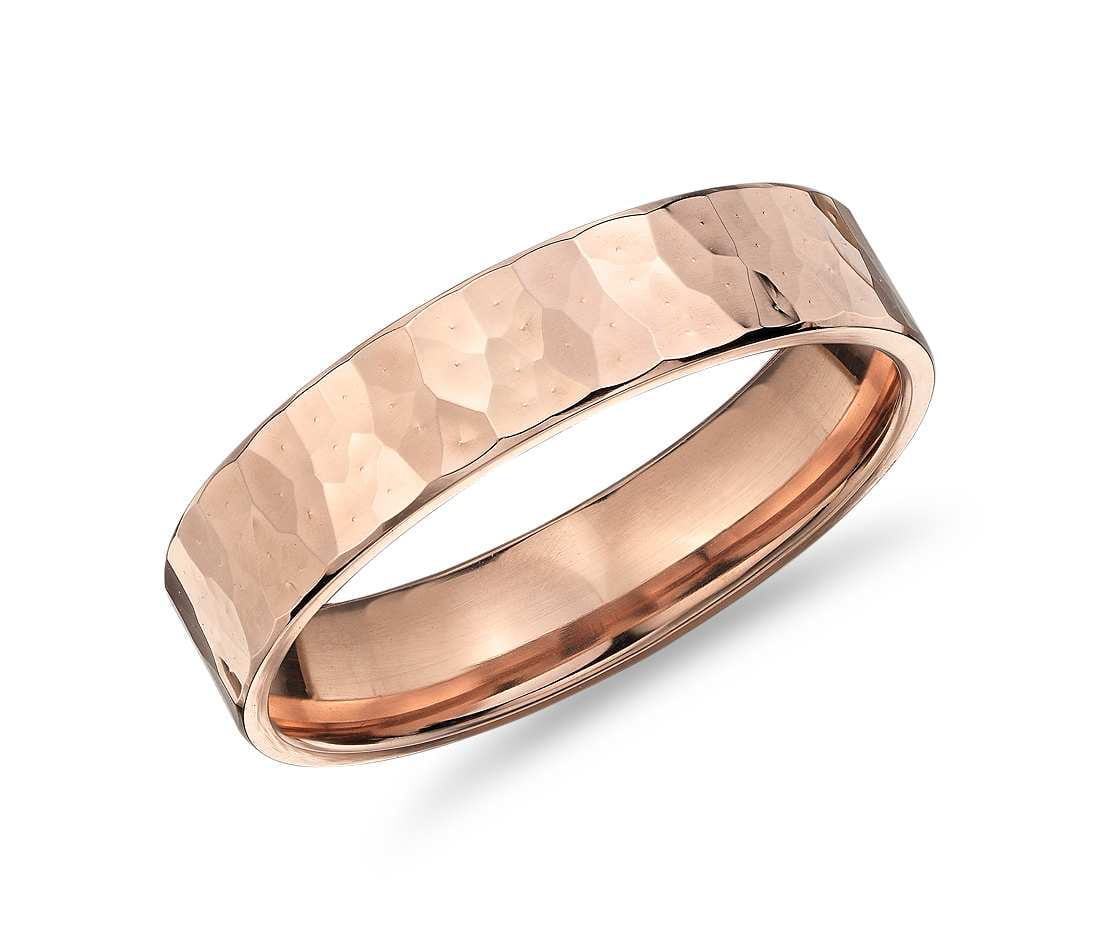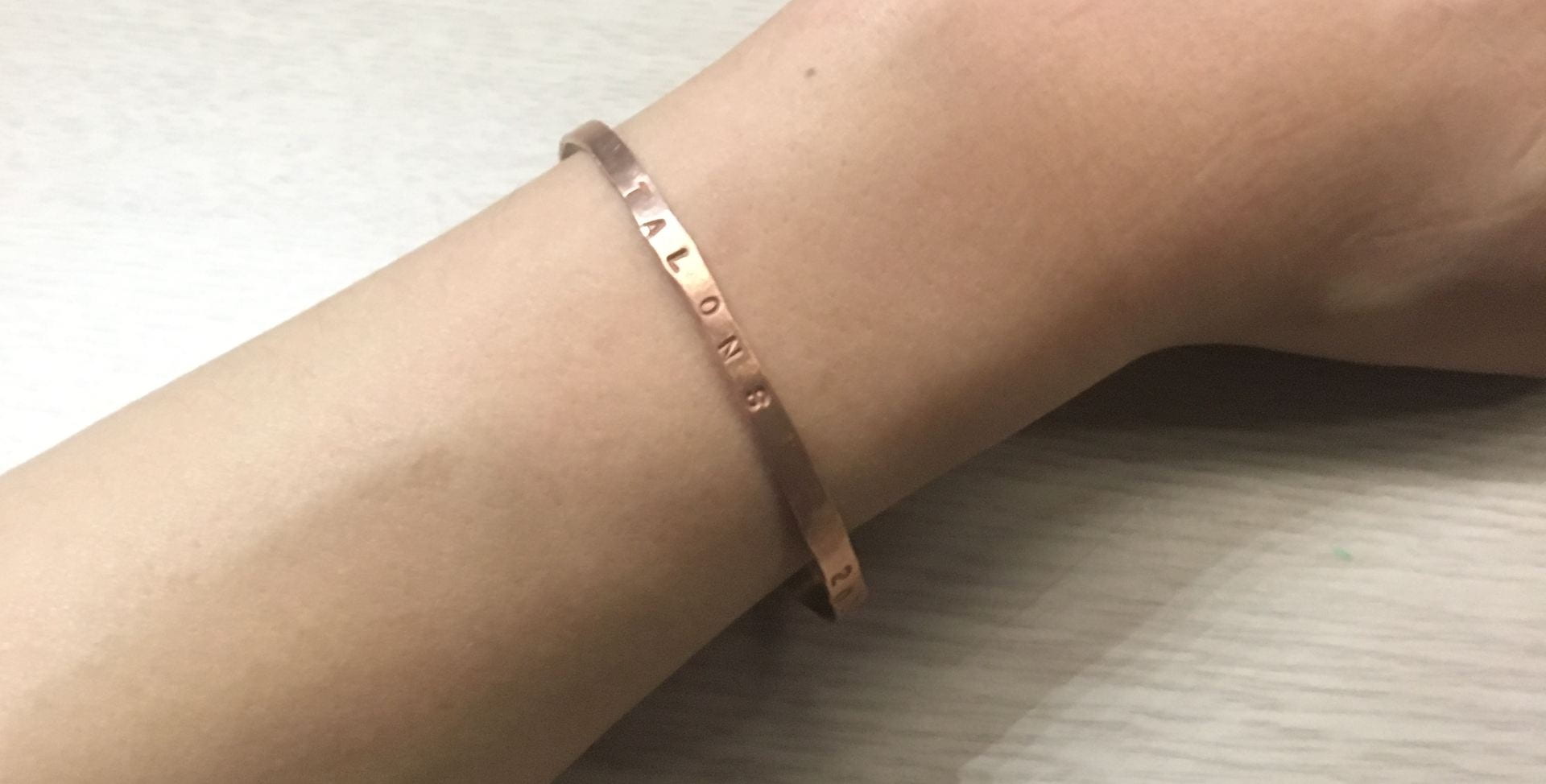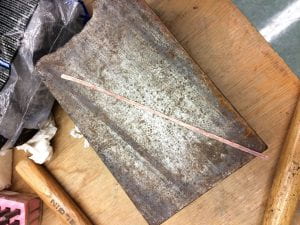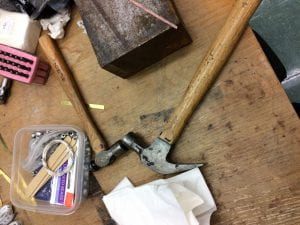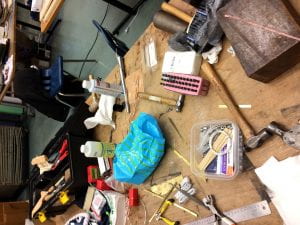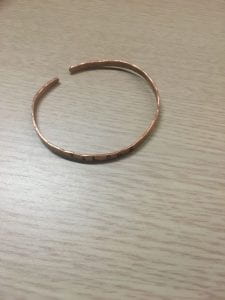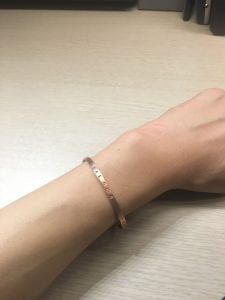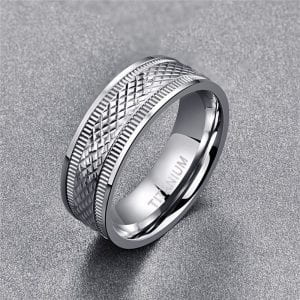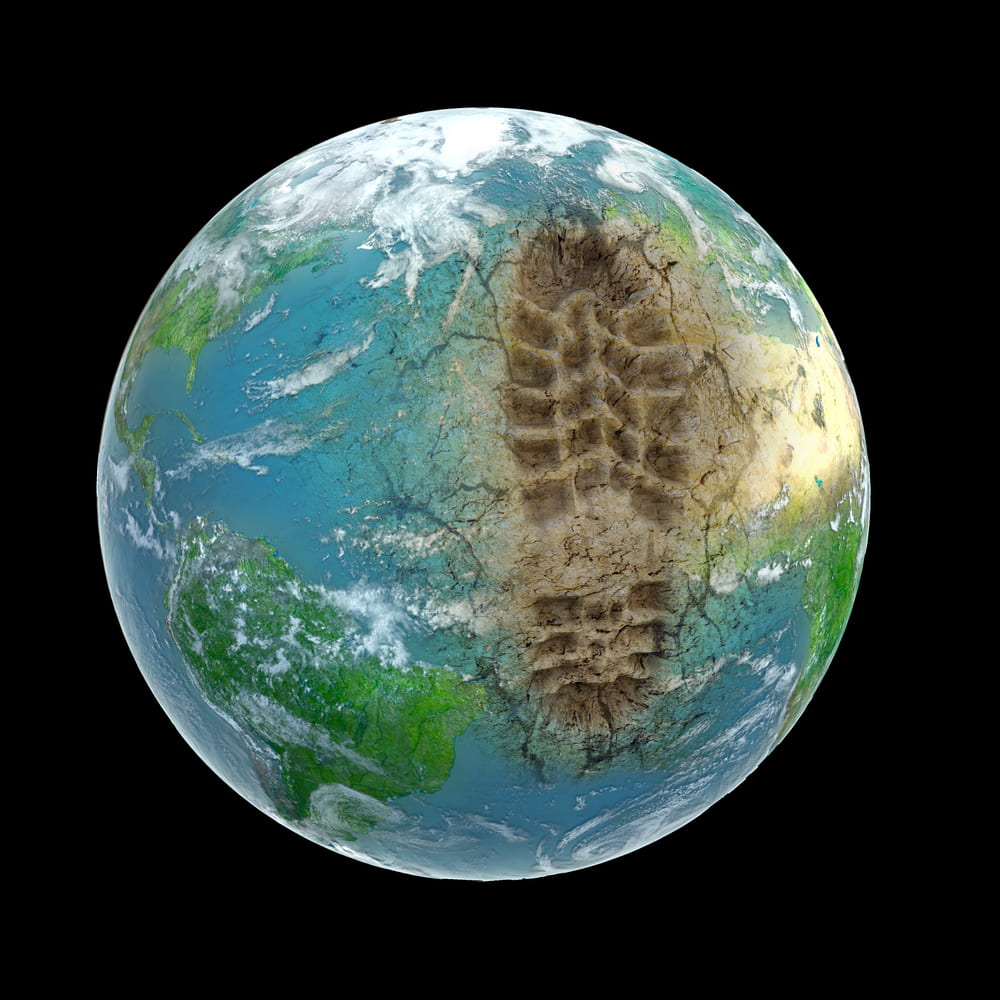
My Ecological Footprint is 9.25 hectares
Comparison:
National Canadian Average: 7.5 Hectares
I’m 1.55 hectares above the national average.
World Average: 2.75 Hectares
Devon: 6.75
Evan: 9.35
Ruby: 8.10
Hailey: 10.5
Mel: 6.95
Compared to my other classmates and both national and world averages, I’m above average when it comes to my ecological footprint. I hope that in my two weeks I’ll be able to reduce it and be able to get below 9 hectares.
Twelve Actions That Increase:
- If your shower is usually more than 10 minutes or your bath is full, you get +80
- If you flush the toilet every time you use it your get +30
- If some of your clothes were bought brand new for you or by you, you get +100
- If you usually spend some time travelling just with your family in your car, you get +100
- If you usually spend more than an hour on the computer and/or watching TV per day, you get +70
- If none of the food you usually eat is organic, you get +40
- For each time in one week that you eat non-organic beef, give yourself +20
- For each time in one week that you eat non-organic or factory-raised chicken, give yourself +15
- For each time in one week that you eat non-organic pork, give yourself +15
- If all your garbage on a typical day would fit into a cup, you get +30
- If wild fish is part of your diet, you get +40
- If some of the food you usually eat was grown in BC, you get +20
Five Actions to Reduce My Footprint, Why and How I Can Reduce my Footprint:
- Showering for 1-2 minutes or filling the bath ¼ full
I chose this one because I feel like it is a big change for me to make. I normally take longer showers because I find it relaxing, however it makes a significant impact on my footprint. If I can reduce this aspect of my life and shower less, I can reduce my footprint.
In order to reduce my footprint, I am going to try taking shorter showers. Instead of taking 10 minutes, I’ll aim for around 2-minute showers.
- Flush the toilet not every single time
I chose this one because it’s the most do able. I can easily monitor when I flush the toilet, but a small change like this can easily reduce my footprint. This still will be a different change for me, because I don’t do this already.
In order to reduce my footprint, I will flush the toilet every few times I go to the bathroom instead of every time.
- Buy local grown/raised food
I chose this one because I do a lot of my family shopping due to Coronavirus, and I can make decisions on what to buy and what not to. Sometimes when I shop with my parents, I don’t bother to look where the food is made or farmed. I can easily change this by paying more attention and I can make a better impact.
In order to reduce my footprint, I will try and buy local meat and produce whenever I go shopping with my parents. I’ll look and be more considerate about where my food comes from.
- Produce less garbage in a day
I chose this one because I feel like I have many unnessesary garbage items and I could reduce them to have a better impact. Items like granola bars, and snacks that are single use are easy to get rid of, and I don’t need to eat them. If I focus on eating items without wrappers like fruits and vegetables, I can reduce my footprint.
In order to reduce my footprint, I’ll eat more foods without wrappers, and focus on using recyclable items like paper and cardboard.
I chose this one because I cook for my family and make meal decisions occasionally. Due to this I can decide to cut out some of the meat products because my dad and I eat a lot of unnessesary meat. I feel like this one will be the hardest, and I wanted to choose it to see how much I could improve.
To reduce my footprint, I will try and eat less meat products and cook meals that require vegetables and other substitutes instead.
Changes That Were Easy to Make
Producing Less Garbage –
I found this change extremely easy to make. I didn’t produce much garbage to start with, so reducing a bit more wasn’t a problem. I think I had the most success because it was a small change for me. I had the ability from day 1 and it was an easy change to make.
Not Flushing Every Single Time –
I also found this change easy to make. Not flushing was easier for me because once again it was a simple change. I had to do less work than usual, and besides having to explain to my family, I was able to easily accomplish this.
Buying Local Grown/raised Food –
Buying local grown/raised food was an easy change to make. Even though it was a considerable change, I had an easy time doing this. When I went shopping with my parents, I paid closer attention to what I was picking up. Due to corona, my parents wanted my sister and I going into the stores instead of them since they are at risk. I looked and bought local grown things instead, and since I only went shopping a few times in two weeks, I was able to accomplish this.
Changes That Were Hard to Make
Eating Less Meat –
I found this change hard to make because it was a big change for me. My family and I tend to eat a lot of meat. Whether it’s chicken, steak, or pork, my dad and I especially eat as much of it as we can. Over the two weeks I had problems adjusting and I eased myself into it. I did manage to eat less meat, but I still ate a lot. I think that meal planning helped, and I was able to make things like enchiladas or a pasta dish, but overall, I had a hard time because it was such a big change for me.
Showering for 1-2 Minutes –
This was another change that I found hard. There were two things that made it so hard for me. Firstly, I enjoy having long showers. I prefer longer showers because they help me relax. Secondly, it was a big change, and with any big change problems arise. At first it was very hard trying to change from long showers to short ones, but I found that having colder showers also helped. Overall, the two weeks were a challenge, but I was able to accomplish having shorter showers, maybe not 1-2 minutes though.
Obstacles
Family – My family was one obstacle that stood in my way. When it came to eating less meat, it was hard to explain to my dad what I was doing. My family was confused by some of the things I was doing whether it was super-fast showers, or not flushing the toilet, and that was an obstacle I had to overcome.
Preferences – My personal preferences also stood in my way. Taking shorter showers was different to me. The first few days were hard because my personal preferences got in the way. If everything was easy, I would’ve been doing it already. In this way, my preferences held me back the most and challenged me.
Lifestyle – Certain aspects of my lifestyle also stood in my way. I don’t usually eat only vegetables. My dad and I are intense carnivores, and we’ve been that way our entire lives. Changing something like that was trying to change my entire lifestyle. It was hard and definitely an obstacle for me.
Future Steps
In the future, I hope to continue reducing my footprint. This whole activity has taught me how much of an impact I have on the environment. I will continue to try and reduce my footprint by using my same 5 strategies, and work on them going forward in life. I also hope that I can continue making small changes that help out the environment and continue doing the things that I was already doing right. I realize that I have an above average ecological footprint, and I hope that if I continue to follow some of my reduction steps, then I’ll be able to reduce my footprint to an average Canadian Level or even less.
